Home>Garden Essentials>How Long Do Bunching Onions Take To Germinate
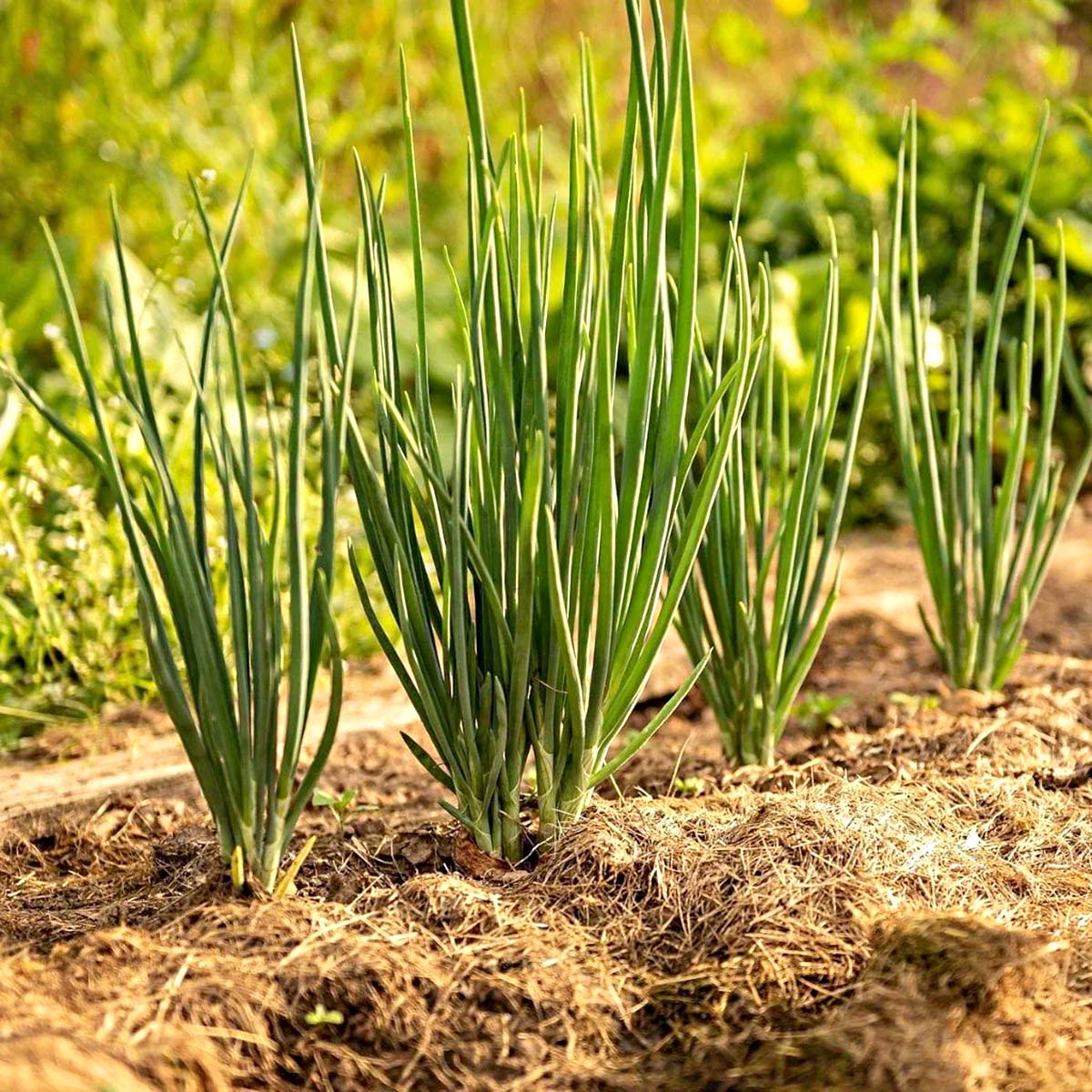

Garden Essentials
How Long Do Bunching Onions Take To Germinate
Modified: March 15, 2024
Learn how long it takes for bunching onions to germinate in your garden. Explore expert tips for a successful onion cultivation.
(Many of the links in this article redirect to a specific reviewed product. Your purchase of these products through affiliate links helps to generate commission for Storables.com, at no extra cost. Learn more)
Introduction
Bunching onions, also known as scallions or green onions, are a versatile and popular ingredient in many dishes. They add a mild and slightly pungent flavor to salads, stir-fries, and soups, making them a staple in kitchens around the world. If you’re thinking of growing your own bunching onions, one important aspect to consider is the germination time.
Germination is the process by which a seed sprouts and starts to grow into a seedling. Understanding the germination time for bunching onions can help you plan your planting schedule and ensure a successful harvest. In this article, we will delve into the factors that affect the germination time of bunching onions, the average time it takes for them to germinate, and some tips for promoting germination.
So, whether you’re a seasoned gardener looking to expand your vegetable patch or a beginner with a green thumb, let’s dive into the fascinating world of bunching onions and discover how long they take to germinate.
Key Takeaways:
- Bunching onions typically take 7 to 14 days to germinate, but factors like seed quality and temperature can affect the timing.
- To promote faster germination, use high-quality seeds, maintain consistent moisture, and provide optimal temperature and soil conditions.
Read more: How Long Do Onions Take To Germinate?
Understanding Bunching Onions
Bunching onions, also known as green onions or scallions, are a type of onion cultivar that is harvested before the bulb fully develops. Unlike traditional onions, which are grown for their mature bulbs, bunching onions are valued for their long, slender green stalks and delicate white bulbs.
One of the main advantages of growing bunching onions is that they require less space and time to mature compared to regular onions. They are also known for their hardiness, making them suitable for a wide range of growing conditions.
Bunching onions belong to the Allium genus, which includes other popular vegetables like garlic and shallots. They have a mild and slightly pungent flavor, making them a versatile ingredient in various cuisines.
When it comes to appearance, bunching onions have long, tubular leaves that can reach up to 12 inches in length. The green stalks are crispy and delicate, while the bulb at the base remains small and is often eaten along with the green portion.
Bunching onions can be grown from seeds or transplants. Growing them from seeds gives you greater control over the plant’s development and allows you to select specific cultivars that suit your taste preferences.
Now that we have a basic understanding of bunching onions, let’s dive into the fascinating process of germination and learn more about how these onions sprout from seeds.
Germination Process
The germination process is an essential stage in the life cycle of any plant, including bunching onions. It is the process through which a seed transforms into a seedling and eventually develops into a mature plant.
In the case of bunching onions, the germination process begins when a seed absorbs water. This triggers a series of biochemical reactions within the seed, causing it to swell and activate the growth of the embryo. As the embryo grows, it pushes against the seed coat and eventually ruptures it, allowing the emerging shoot to emerge.
Once the shoot emerges, it starts to grow upwards while simultaneously developing tiny roots that penetrate the soil. The roots anchor the seedling and facilitate the uptake of water and nutrients necessary for its growth.
During the germination process, bunching onions require specific environmental conditions to ensure successful sprouting. These conditions typically include a combination of adequate moisture, temperature, and oxygen levels.
Moisture plays a crucial role in seed germination, as it softens the seed coat and activates enzymes that initiate the growth process. However, excessive moisture can lead to fungal diseases or rot, so it’s essential to strike a balance and provide consistent but not saturated soil conditions.
Temperature also influences the germination process. Bunching onions prefer moderate temperatures between 60-75°F (15-24°C). Higher temperatures can speed up the germination process, while lower temperatures can delay it or even inhibit it.
Lastly, oxygen is necessary during germination to support cellular respiration. Adequate oxygen levels ensure the proper functioning of the seed’s metabolic processes and help prevent diseases caused by anaerobic conditions.
It’s important to note that the germination process can vary in length depending on various factors, including environmental conditions and the quality of the seeds. Let’s explore some of these factors in the next section to gain a better understanding of what affects the germination time of bunching onions.
Factors Affecting Germination Time
The germination time of bunching onions can be influenced by several factors. Understanding these factors can help you better plan for successful germination and optimize the growth of your plants. Here are some key factors that affect the germination time of bunching onions:
- Seed Quality: The quality of the seeds you use plays a significant role in germination. Fresh and viable seeds will have a higher germination rate and typically sprout more quickly than old or damaged seeds. It’s essential to purchase seeds from reliable sources or save seeds from healthy, mature plants.
- Seed Treatment: Some gardeners may choose to treat their seeds before planting to enhance germination. Methods such as soaking seeds in water or a seed-starter solution can help soften the seed coat and accelerate germination. However, it’s important to follow proper seed treatment guidelines to avoid any negative effects.
- Temperature: Bunching onions have specific temperature preferences for germination. The optimal range is typically between 60-75°F (15-24°C). Cooler temperatures can slow down germination, while warmer temperatures can speed it up. Maintaining a consistent and appropriate temperature in the germination environment is crucial.
- Moisture: Adequate moisture is essential for seed germination. Providing consistent moisture, without overwatering, is crucial for the seeds to absorb water and trigger the germination process. Dry or excessively wet conditions can both hinder germination.
- Soil Quality: The quality and composition of the soil can affect the germination time of bunching onions. Well-draining soil with good fertility and a balanced pH level (around 6.0-7.0) will create an optimal environment for the seeds to germinate. Soil that is too compacted or lacks essential nutrients may result in delayed germination or poor seedling development.
- Light: Bunching onion seeds typically do not require light to germinate, as they are planted at a shallow depth in the soil. However, exposing the emerging seedlings to proper light conditions after germination is crucial for their growth and development.
By considering and optimizing these factors, you can create favorable conditions for the germination of your bunching onions and promote a successful start to their growth. In the next section, we’ll explore the average germination time you can expect for bunching onions.
Bunching onions typically take 7-14 days to germinate. Keep the soil consistently moist and provide plenty of sunlight for best results.
Average Germination Time for Bunching Onions
The germination time for bunching onions can vary depending on various factors, but on average, you can expect them to sprout within 7 to 14 days after planting. This time frame is an estimate and can be influenced by factors such as temperature, moisture levels, seed quality, and seed treatment.
Under optimal conditions, with the right temperature and moisture balance, bunching onion seeds can germinate on the shorter end of the average range, around 7 to 10 days. However, if conditions are not ideal or if there are any unfavorable factors, germination may take longer, extending beyond the 14-day mark.
It’s important to monitor the soil moisture and temperature levels consistently during the germination period to ensure the best possible conditions for the seeds. Keeping the soil evenly moist, but not waterlogged, and maintaining a temperature within the recommended range can help speed up germination and promote healthy seedling development.
Additionally, it’s worth noting that different cultivars of bunching onions may have slight variations in their germination time. Some cultivars may germinate slightly faster or slower than others, so it’s always a good idea to check the specific instructions or recommendations provided by the seed supplier or on the seed packet.
Monitoring the progress of germination is essential. As the seeds start to sprout, you will notice small green shoots emerging from the soil. These shoots will develop into the characteristic long, slender stalks of bunching onions. Once the germination process is complete, you can continue to care for the seedlings to ensure healthy growth and a bountiful harvest.
Now that we have covered the average germination time for bunching onions, let’s explore some tips to promote successful germination and help your seeds sprout faster.
Read more: How Long Does Green Onion Germination Take?
Tips for Promoting Germination
To enhance the germination process and promote the successful sprouting of your bunching onion seeds, here are some helpful tips to consider:
- Use Quality Seeds: Start with fresh, high-quality seeds that have been stored properly. Check the seed packet or consult with a reputable seed supplier to ensure that the seeds have a high germination rate.
- Pre-soak the Seeds: If desired, you can pre-soak the bunching onion seeds overnight before planting. This can help soften the seed coat and encourage quick germination. Be sure to use room temperature water and discard any seeds that float to the surface.
- Prepare the Soil: Before planting, prepare the soil by loosening it and removing any debris or weeds. Bunching onions prefer well-draining soil, so consider amending it with organic matter, such as compost, to enhance fertility and drainage.
- Plant at the Right Depth: In general, bunching onion seeds should be planted at a depth of about 1/4 to 1/2 inch (0.6 to 1.3 cm). Planting too deep can delay germination, while planting too shallow may expose the seeds to excessive drying or interference from sunlight.
- Maintain Consistent Moisture: During the germination period, it’s crucial to keep the soil moist but not soggy. Check the moisture levels regularly and water as needed to ensure that the seeds stay hydrated. Avoid overwatering, as this can lead to rotting or fungal diseases.
- Provide Optimal Temperature: Bunching onions prefer moderate temperatures between 60-75°F (15-24°C) for germination. Maintain a warm and consistent temperature in the germination area, either by placing the seeds in a greenhouse or providing bottom heat with a heating mat.
- Consider Germination Aids: Some gardeners choose to use germination aids, such as a seed-starter mix or a germination tray, to create an optimal environment for the seeds. These aids can provide better moisture retention and promote faster germination.
- Give Proper Light: While bunching onion seeds do not require light for germination, it is important to provide adequate light once the seedlings emerge. Place them in a location with bright, indirect light or use grow lights to ensure healthy growth.
- Thin Seedlings as Needed: Once the seedlings have sprouted, thin them out if they are overcrowded. This will give the remaining seedlings more space to grow and access to resources. Thin the seedlings to around 2-3 inches (5-7.5 cm) apart.
- Monitor and Care: Regularly monitor the germinating seeds and seedlings for any signs of pests, diseases, or issues. Weed the area carefully to prevent competition with the bunching onion seedlings. Provide proper care by watering, fertilizing, and protecting the young plants as they grow.
By following these tips, you can create a favorable environment for the germination of your bunching onions, ensuring a higher success rate and faster sprouting. Remember to be patient and provide the necessary care throughout the germination period. Before you know it, you will have healthy bunching onion seedlings ready to thrive in your garden!
Now that you’re equipped with knowledge about promoting germination, it’s time to put it into practice and enjoy the rewarding experience of growing your own flavorful bunching onions.
Conclusion
Growing bunching onions from seeds can be a rewarding and fulfilling experience. Understanding the germination time and factors that affect it is crucial for successful cultivation. By following the tips and guidelines provided in this article, you can promote faster germination and ensure healthy seedling growth.
Bunching onions, also known as scallions or green onions, are versatile vegetables that add a mild and slightly pungent flavor to a variety of dishes. Whether you’re a seasoned gardener or a beginner with a green thumb, these onions can be a valuable addition to your garden.
During the germination process, factors such as seed quality, temperature, moisture, soil quality, and light play vital roles. Using fresh and high-quality seeds, pre-soaking them if desired, preparing the soil properly, and providing consistent moisture and optimal temperature are crucial steps in promoting germination.
Monitoring the progress of germination and providing proper care to seedlings, such as thinning and protecting them from pests and diseases, are essential for their healthy development. By following these practices, you can set your bunching onions up for success from the very beginning.
Keep in mind that the germination time for bunching onions typically ranges from 7 to 14 days. Nevertheless, it’s important to remember that variations in environmental conditions, seed quality, and specific cultivars can cause slight deviations from this average timeframe.
So, whether you’re looking forward to adding the fresh taste of bunching onions to your salads or stir-fries, or simply enjoy the satisfaction of growing your own vegetables, taking the time to understand and promote germination is a vital step towards a successful harvest.
Now that you have a comprehensive understanding of the germination process, factors influencing germination time, and tips for promoting germination, you’re well-equipped to embark on your bunching onion-growing journey. Enjoy the process, nurture your seedlings, and soon enough, you’ll be harvesting your very own flavorful bunching onions to elevate your culinary creations.
Frequently Asked Questions about How Long Do Bunching Onions Take To Germinate
Was this page helpful?
At Storables.com, we guarantee accurate and reliable information. Our content, validated by Expert Board Contributors, is crafted following stringent Editorial Policies. We're committed to providing you with well-researched, expert-backed insights for all your informational needs.
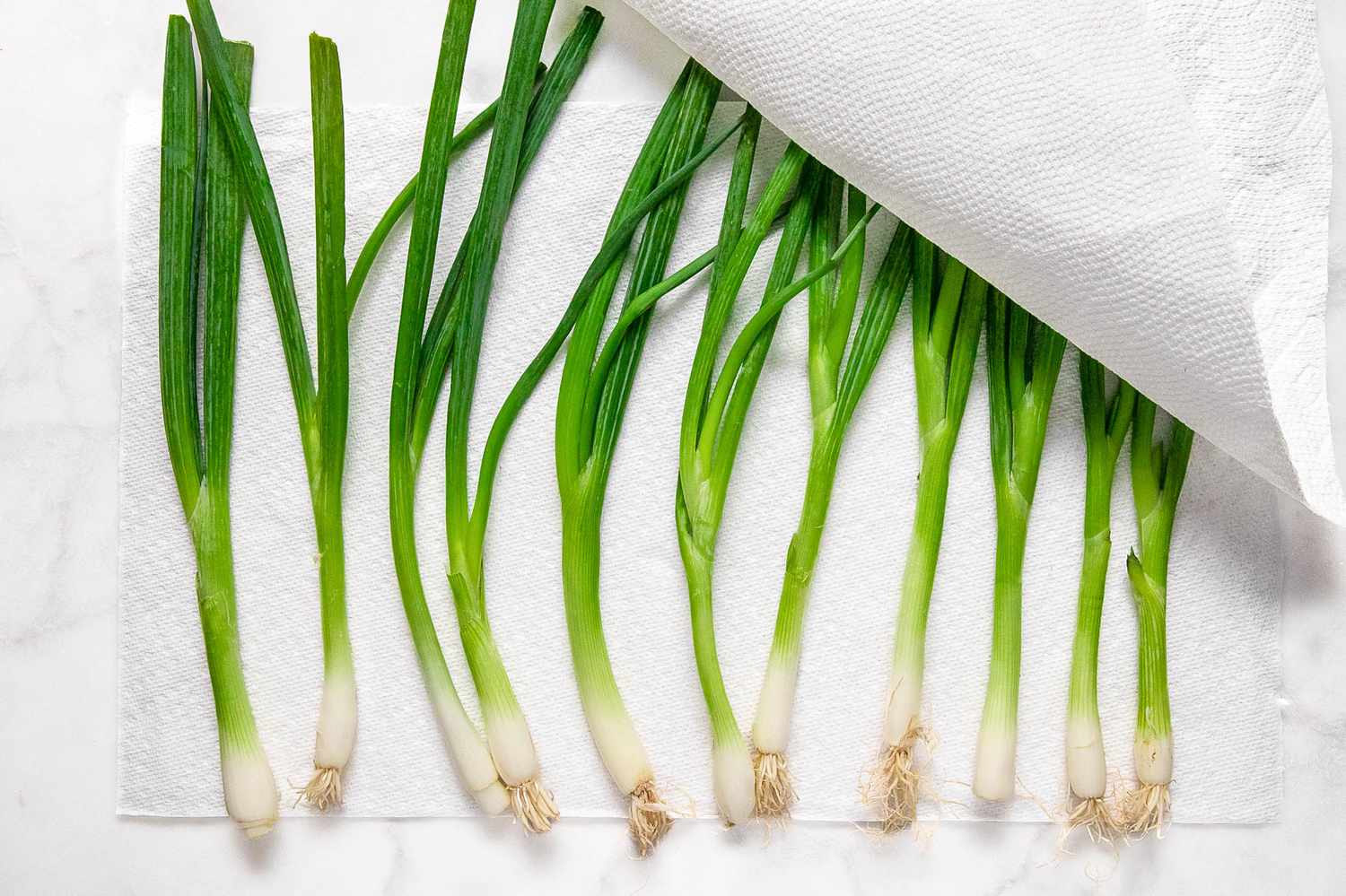
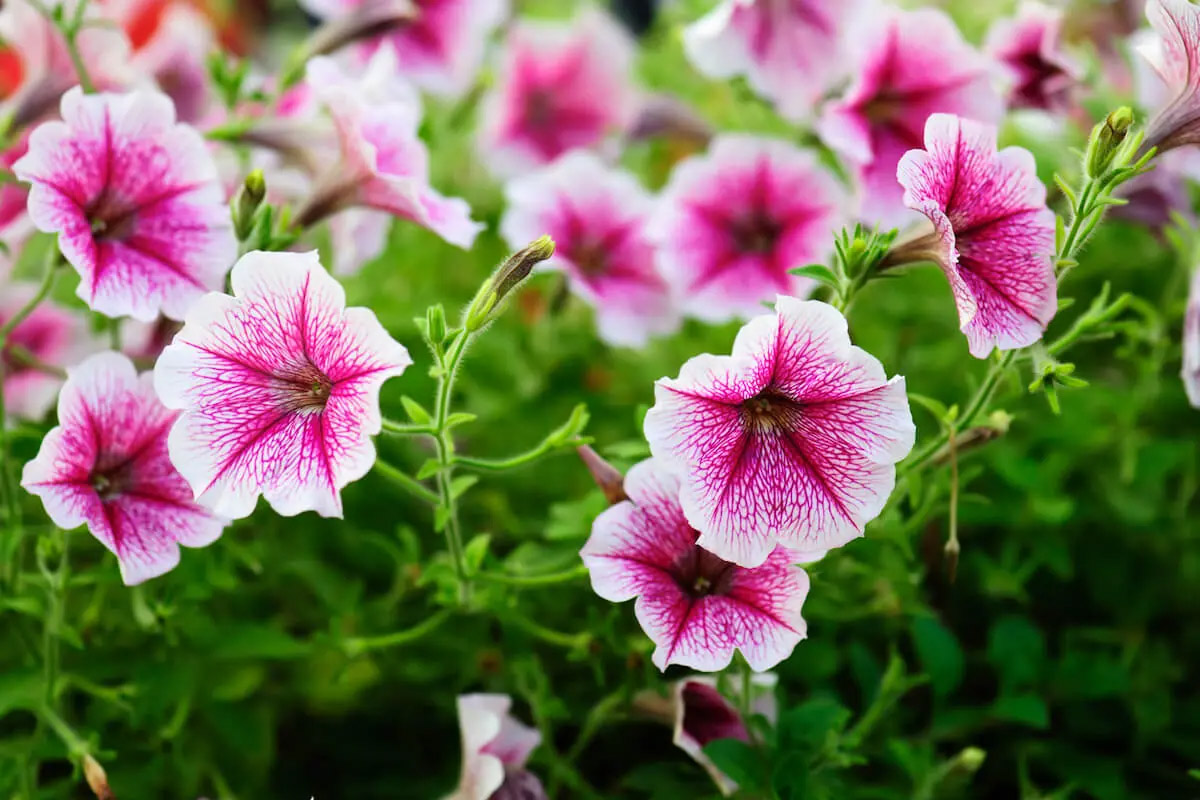
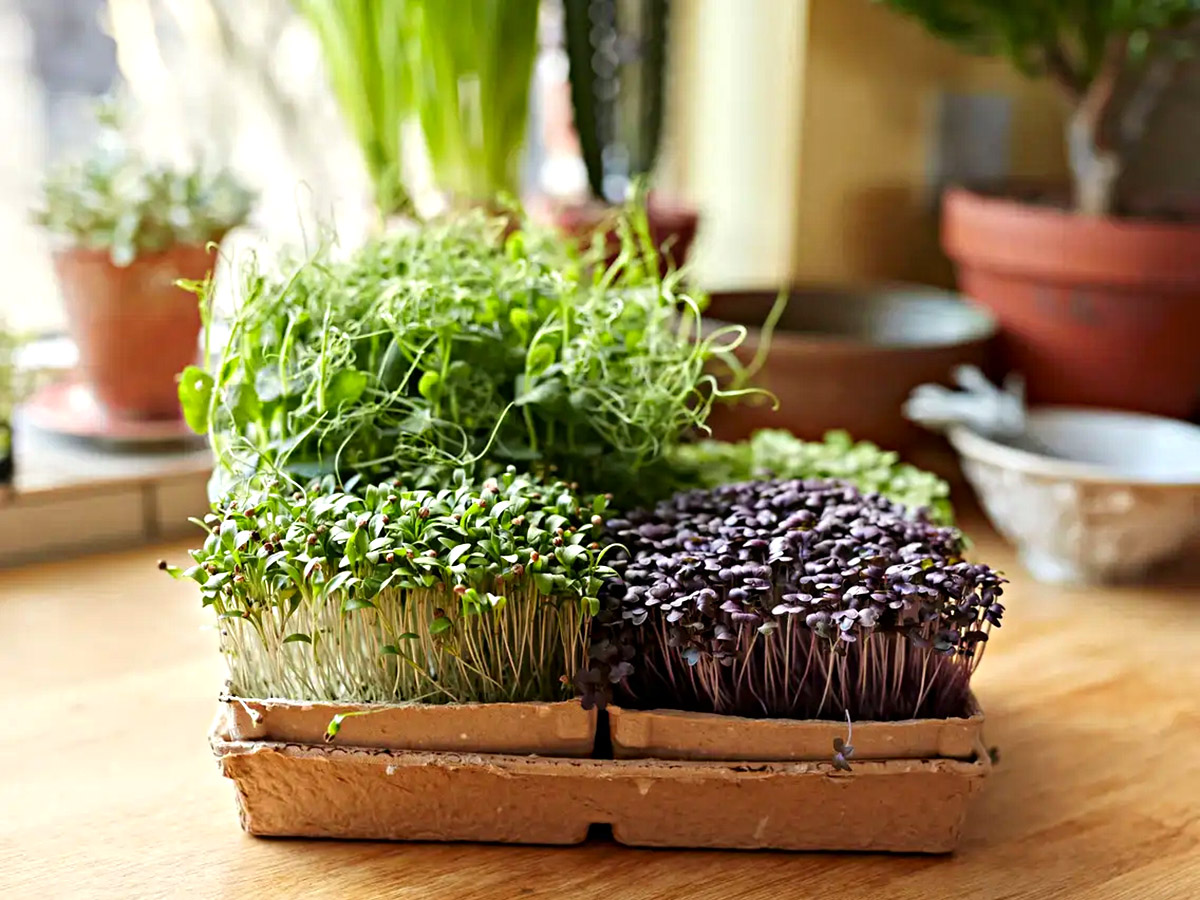
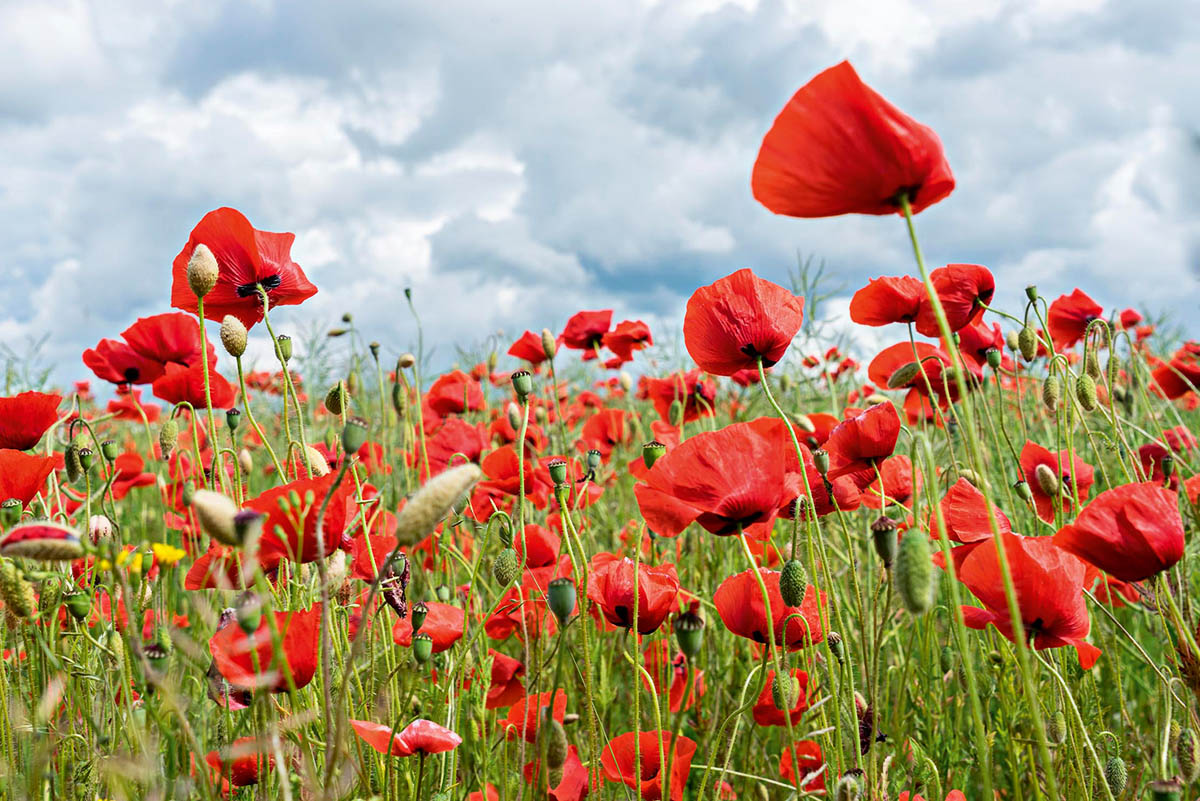
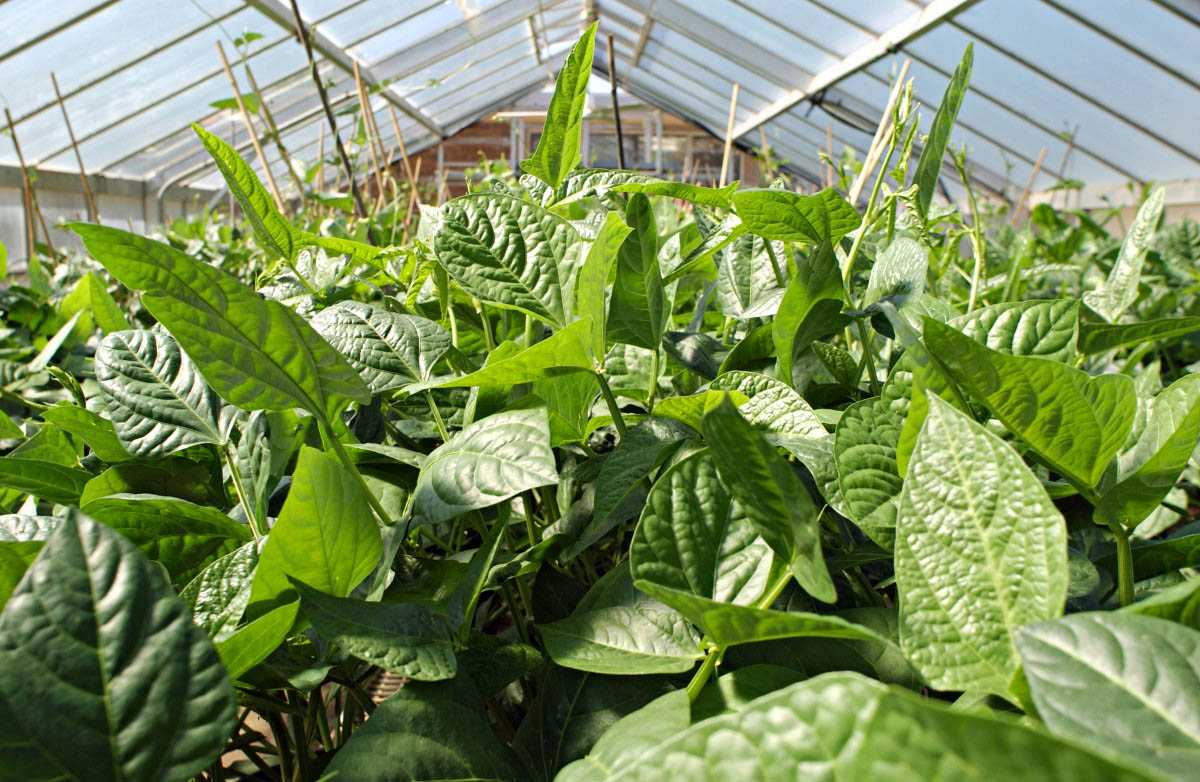
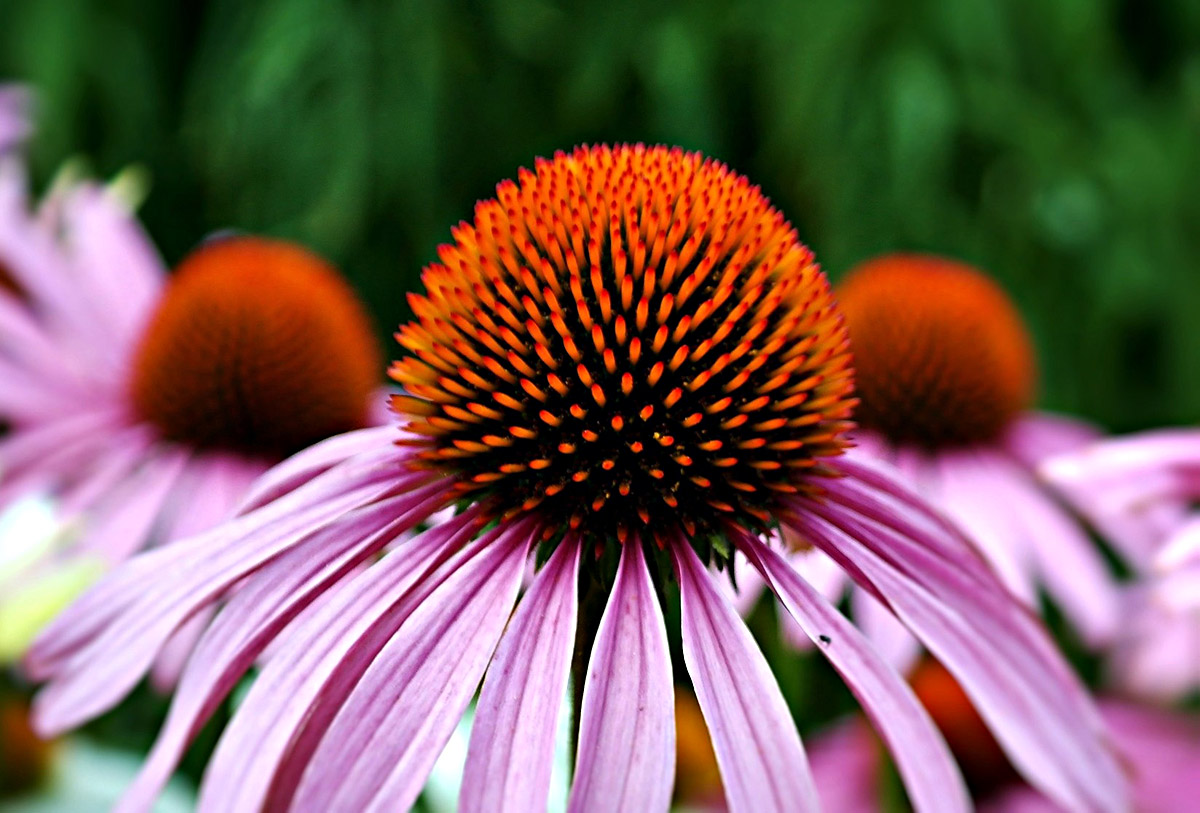
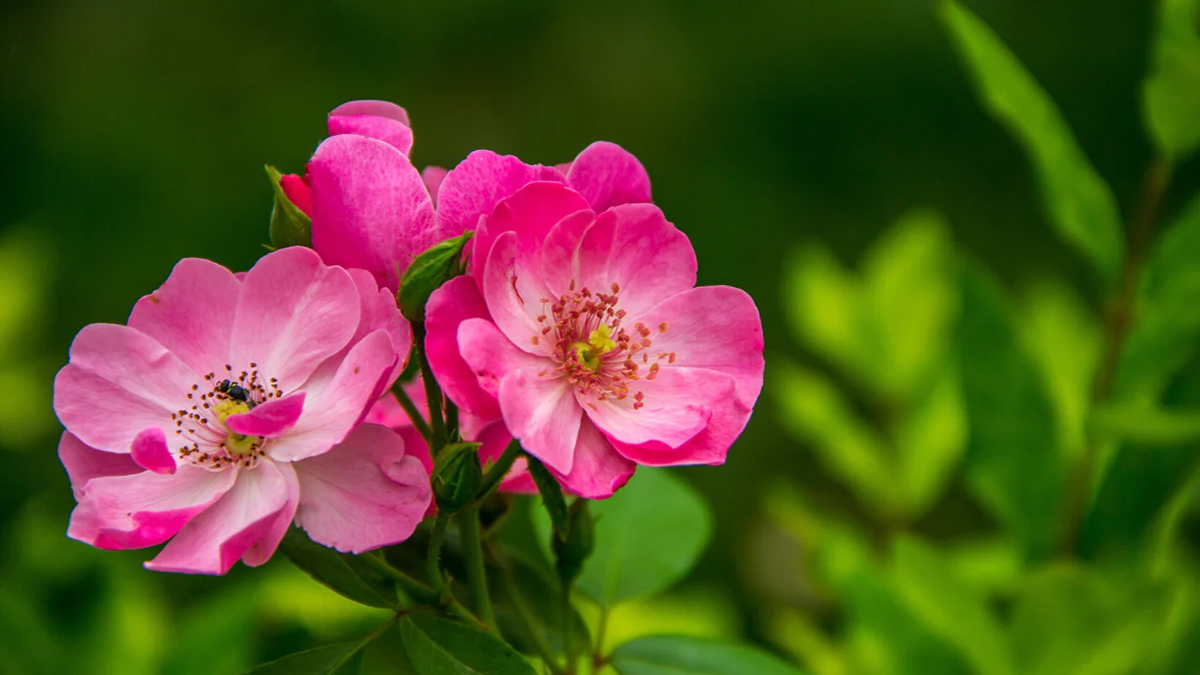
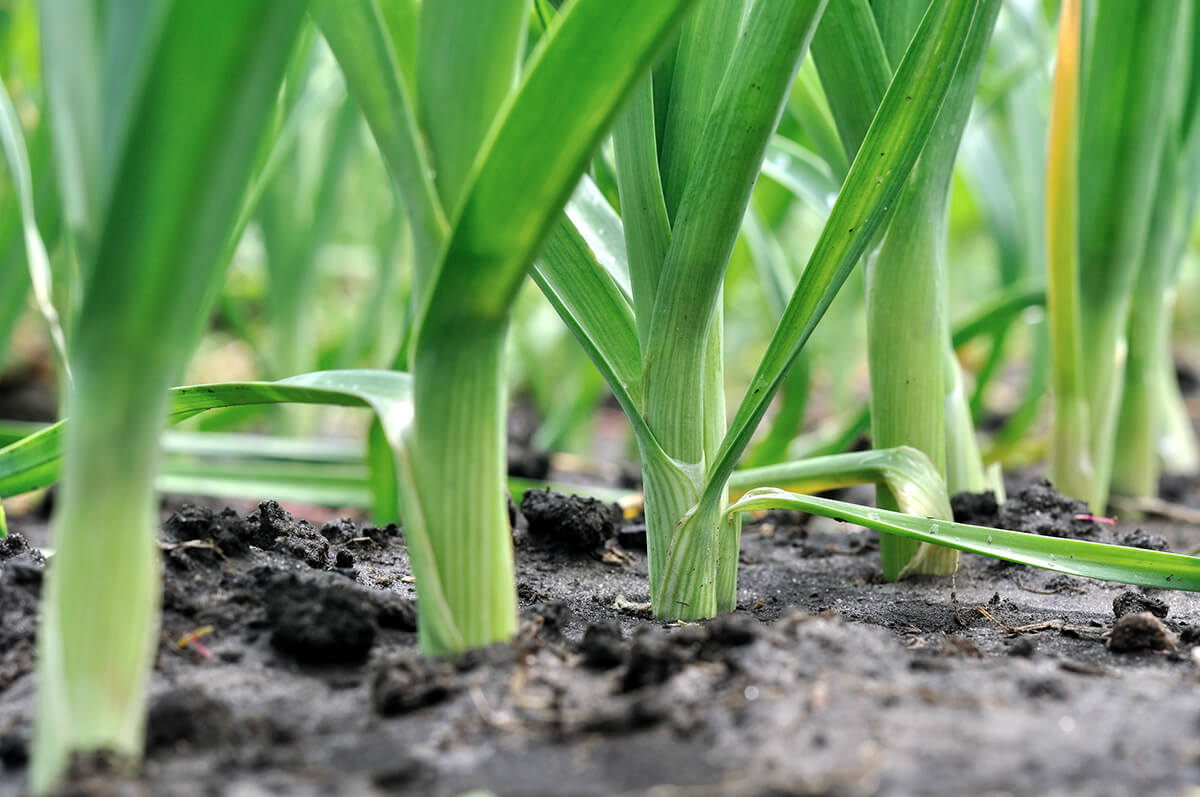
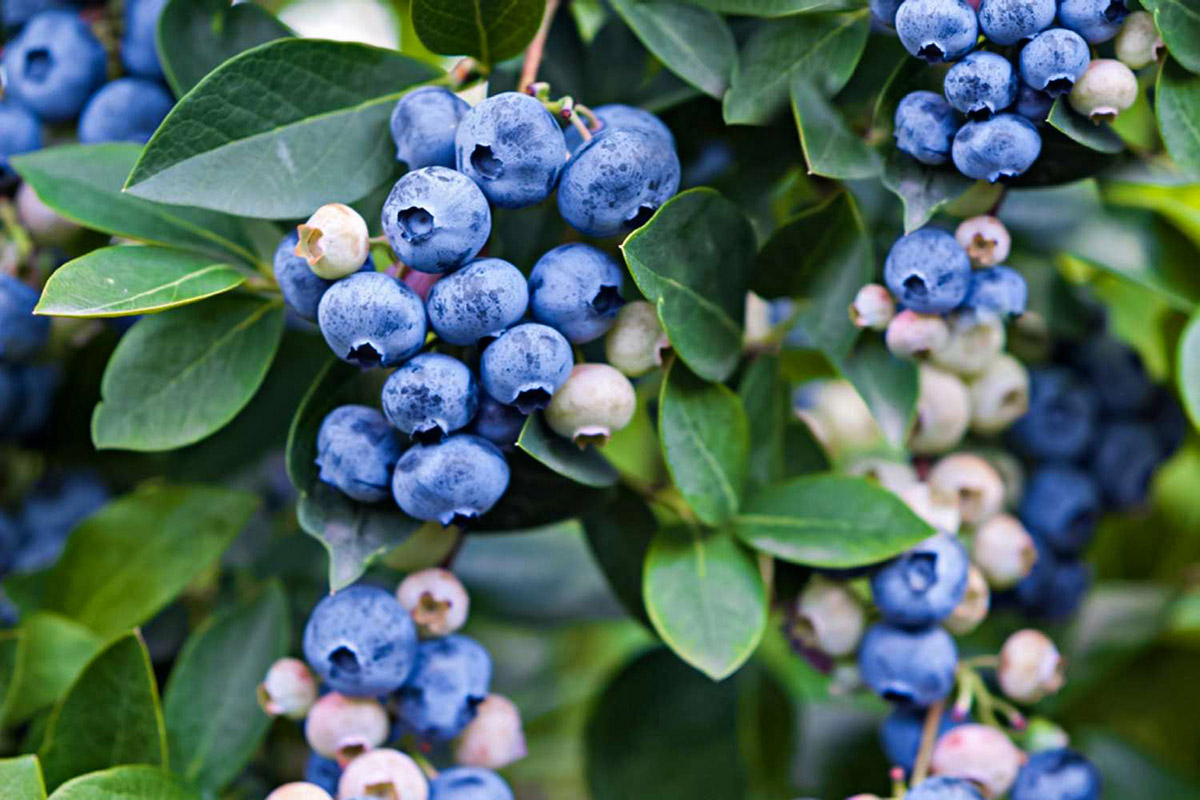
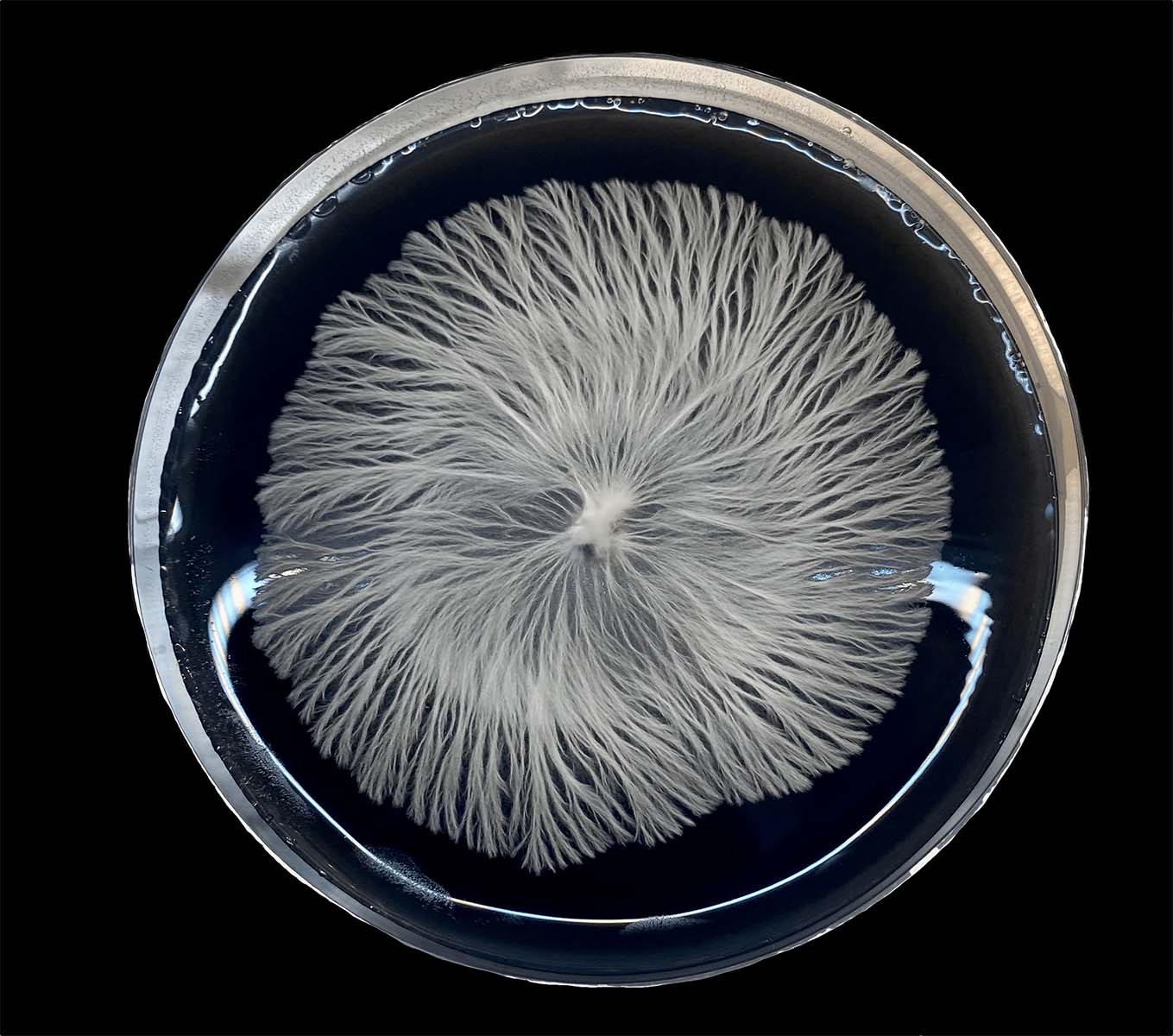
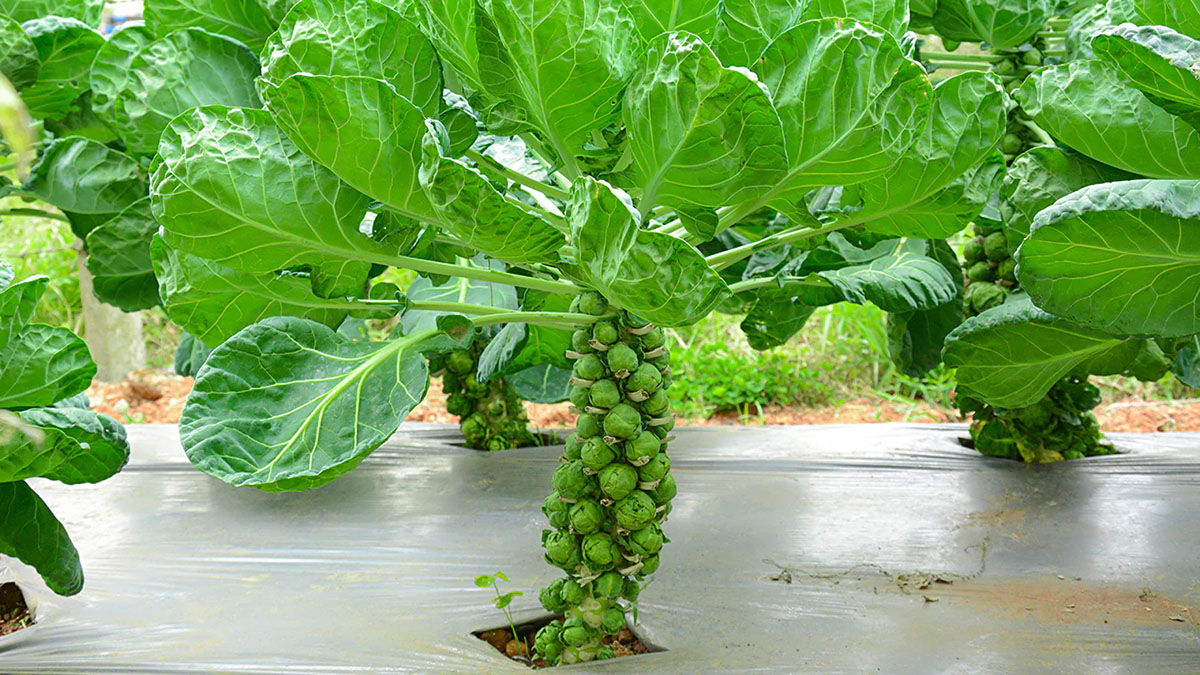
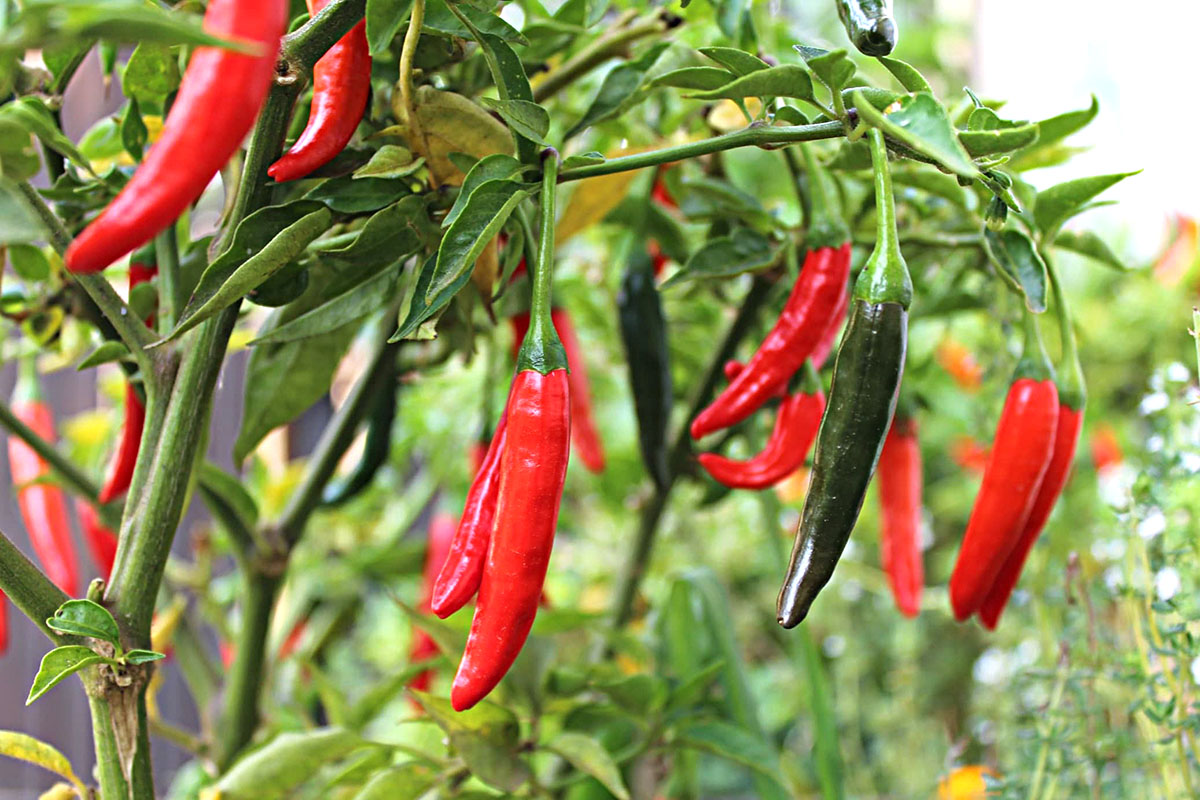
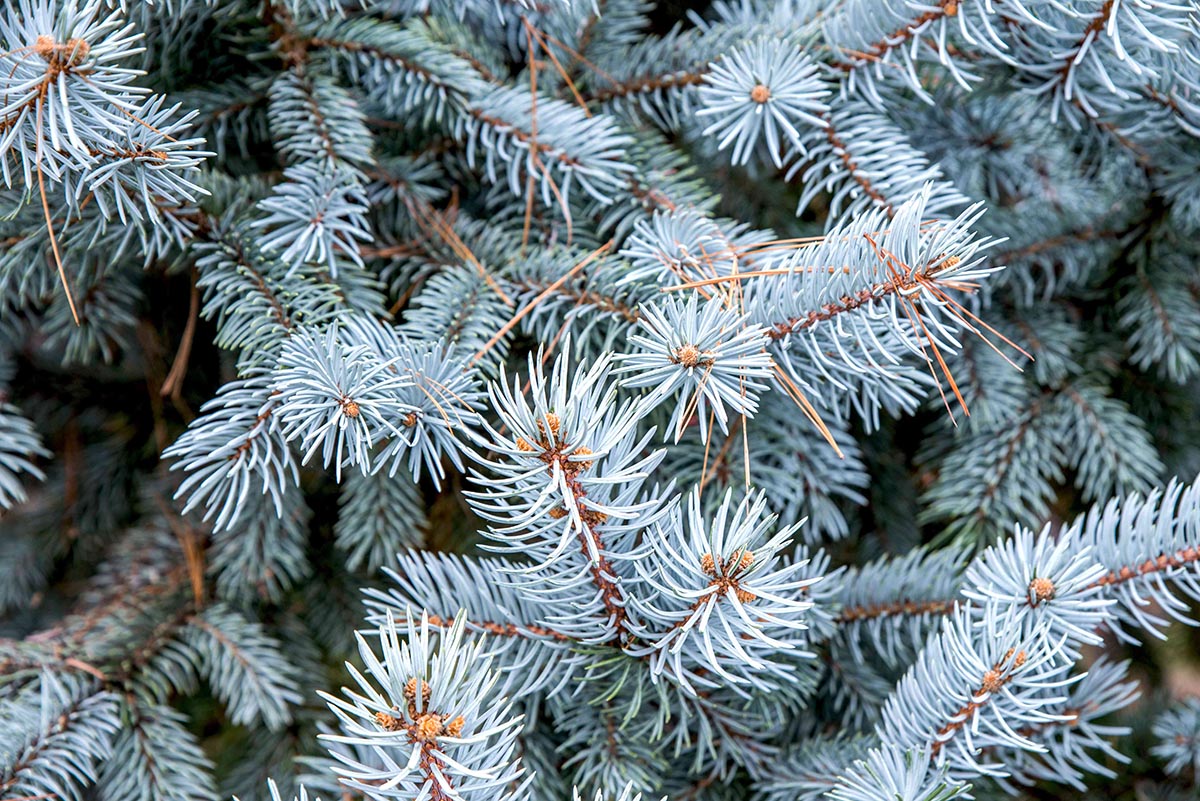
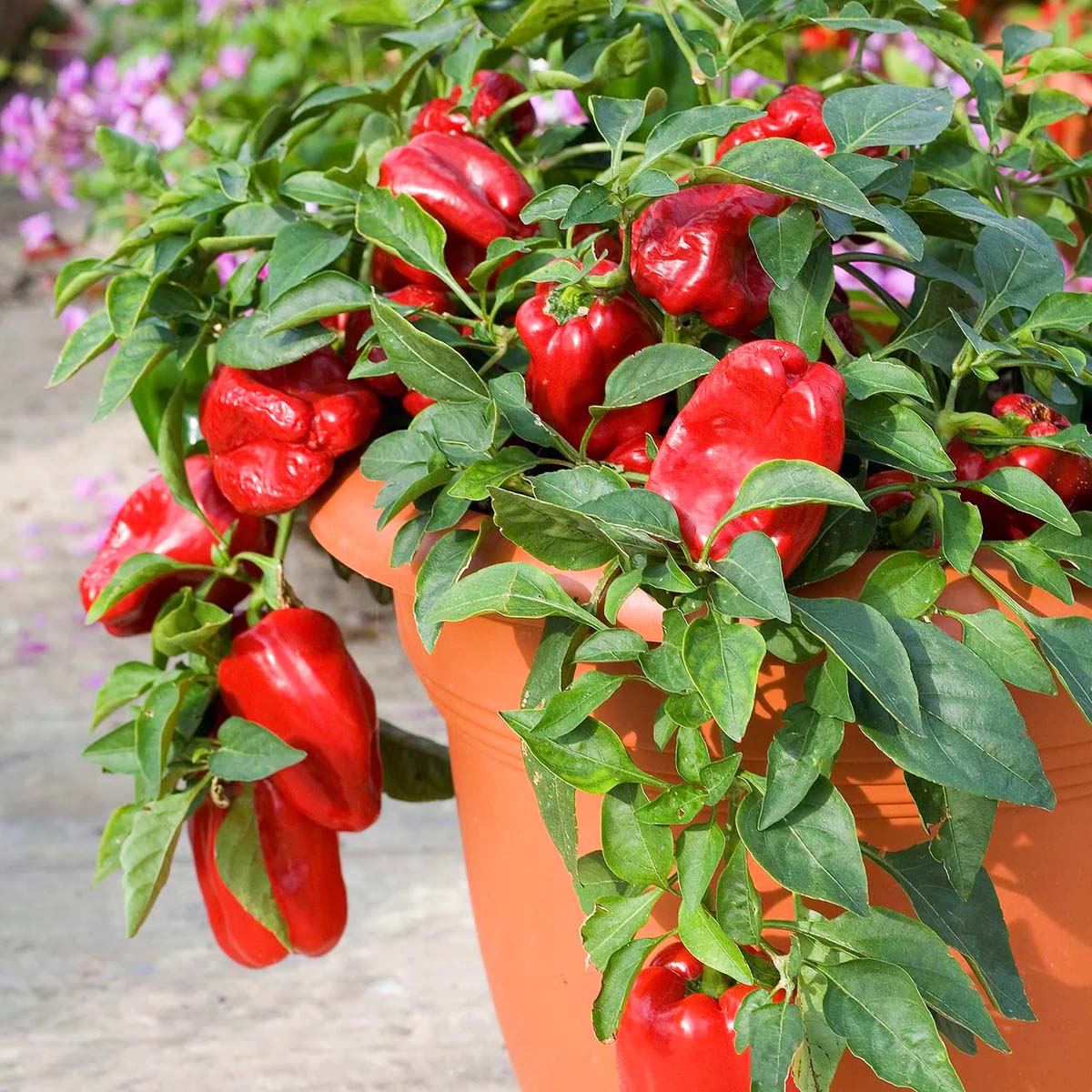

0 thoughts on “How Long Do Bunching Onions Take To Germinate”